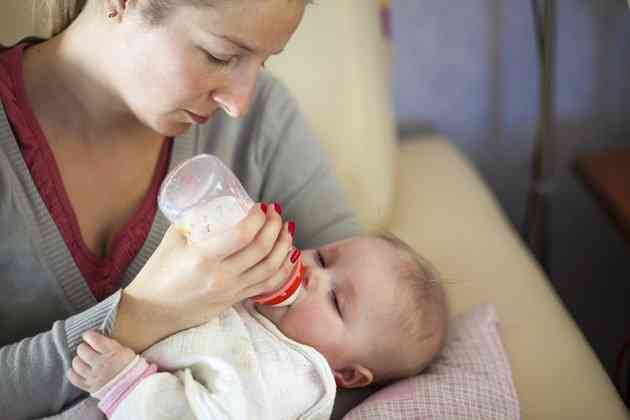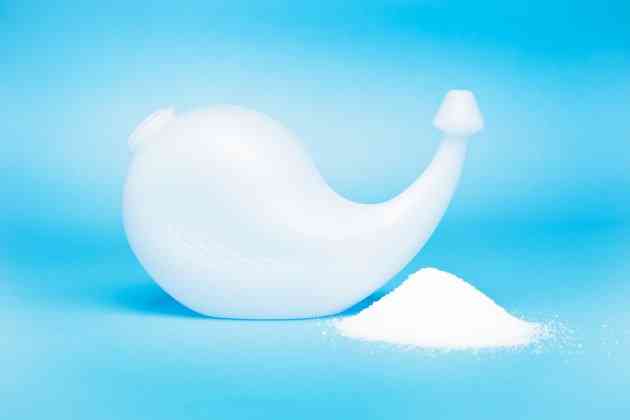How to Mix Breast Milk With Whole Milk

When your baby turns 1 year old, you may wish to introduce him to cow's milk. Whole milk is better than skim milk or 2 percent milk for babies this age. Although some parents introduce whole milk to their infant by itself, others prefer the gradual approach and mix the whole milk with breast milk or formula. This helps the infant get used to the taste gradually, which may make the infant less likely to refuse the whole milk. The process of mixing breast milk with whole milk is simple and straightforward but call a doctor if you have any specific questions or concerns.
 mother feeding baby mixed milk from bottle (Image: mathompl/iStock/Getty Images)
mother feeding baby mixed milk from bottle (Image: mathompl/iStock/Getty Images)Step 1
Use a breast pump to express your breast milk. Depending on your personal preference, this can be done with an electric, battery-operated or manual breast pump. The best time to pump is when your breasts are fullest, usually in the morning, suggests the What To Expect website.
Step 2
Collect your breast milk in an appropriate storage container. Most breast pumps come with their own containers and bottles, but you can also use plastic bags specifically designed for breast milk.
Step 3
Mix the breast milk with whole mix in a bottle. Aim for about three parts breast milk to one part whole milk, recommends the medical advisory board of BabyCenter.com. Shake the bottle to mix the two types of milk evenly.
Step 4
Warm the bottle, if desired. Infants who are used to getting breast milk from the breast may be used to a warmer temperature. Warm the bottle by holding the bottle under warm tap water or by setting the bottle in a pan of warm water for a few minutes. Check the temperature of the liquid before giving it to your baby.
Step 5
Feed your baby. Monitor her for signs of a milk allergy, which occurs in about 2 to 3 percent of all infants, according to KidsHealth.org. Signs of a milk allergy may occur vomiting, hives, rash, swelling, wheezing, irritability and bloody diarrhea. Call a doctor if your infant experiences any of these symptoms.
Step 6
Gradually increase the amount of whole milk, if desired. For example, if you are planning on weaning the infant from breast milk completely, increase the amounts of whole mix you mix with the breast milk over time until you are giving your baby all whole milk.
Things You'll Need
Breast pump
Storage containers (optional)
Bottle
Tip
If you store excess breast milk, you will not have to worry about pumping and can go straight to mixing the ingredients. You can safely store breast milk in the refrigerator for up to two days and in the freezer for as many as three months.
Warning
Whole milk is not recommended for infants younger than 1 year old.
If your baby shows signs of anaphylaxis after consuming whole milk, seek medical attention immediately. Signs of anaphylaxis include an increased heart rate, difficulty breathing or significant swelling. This condition can be life-threatening.




